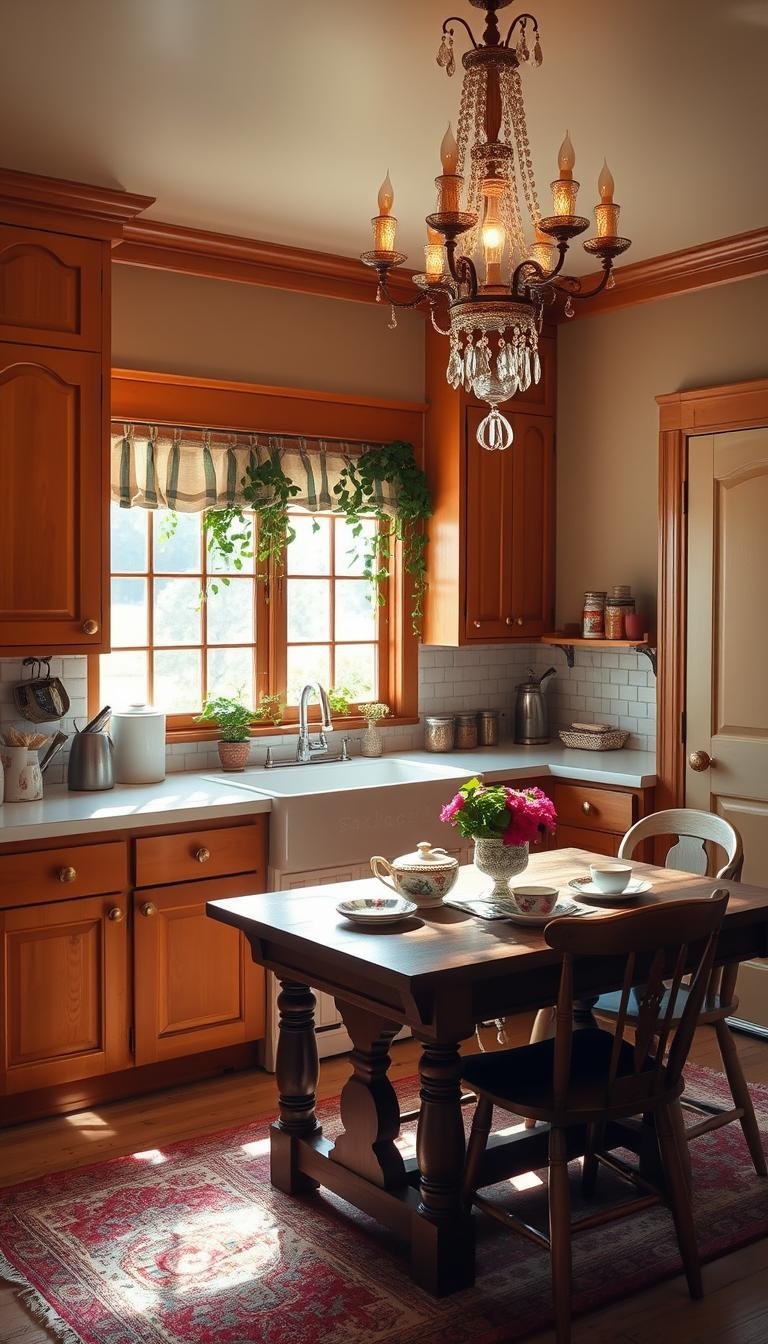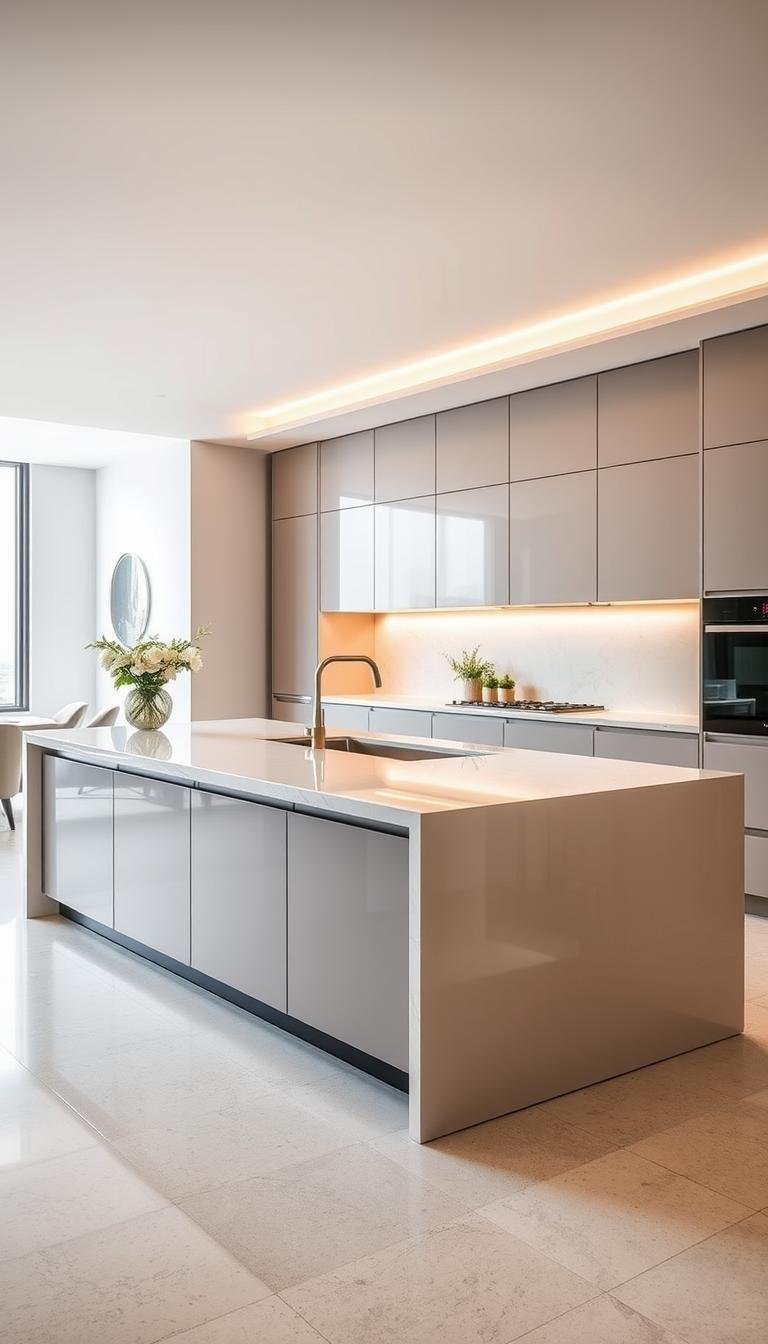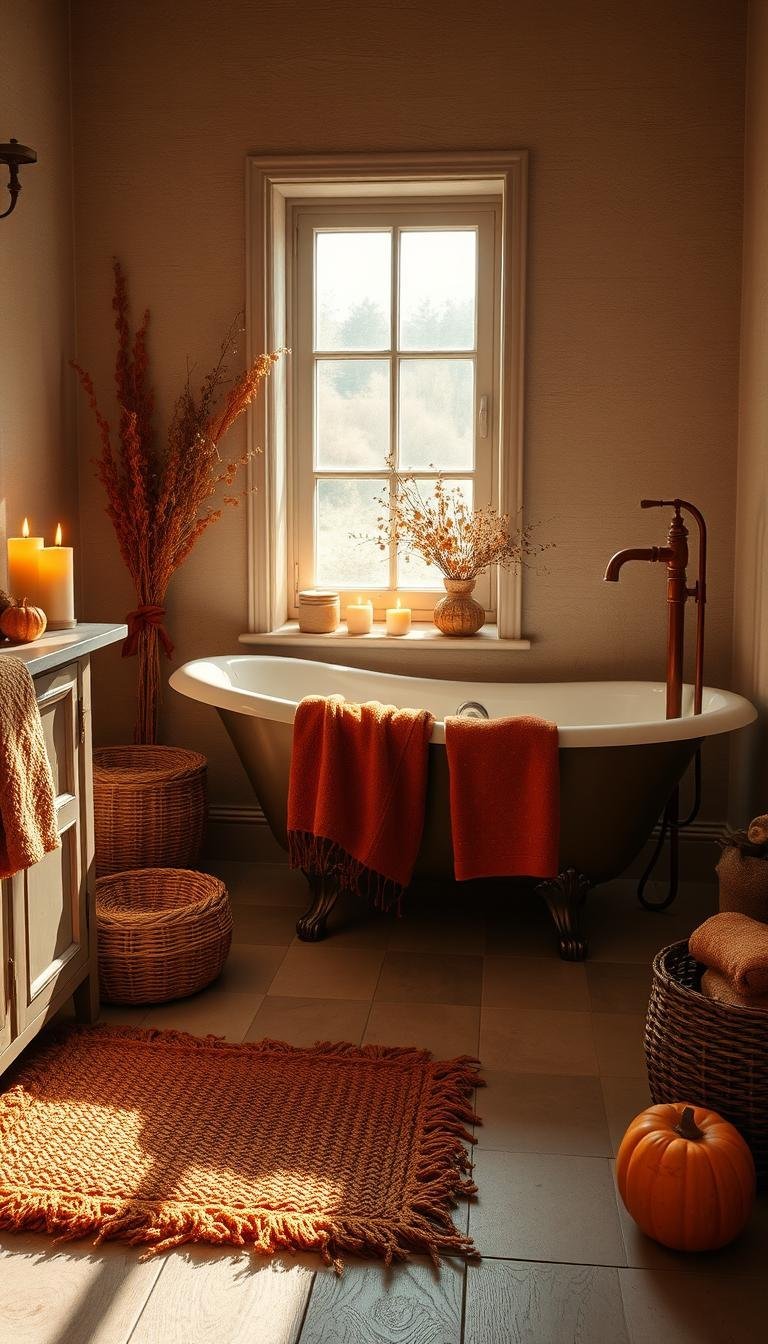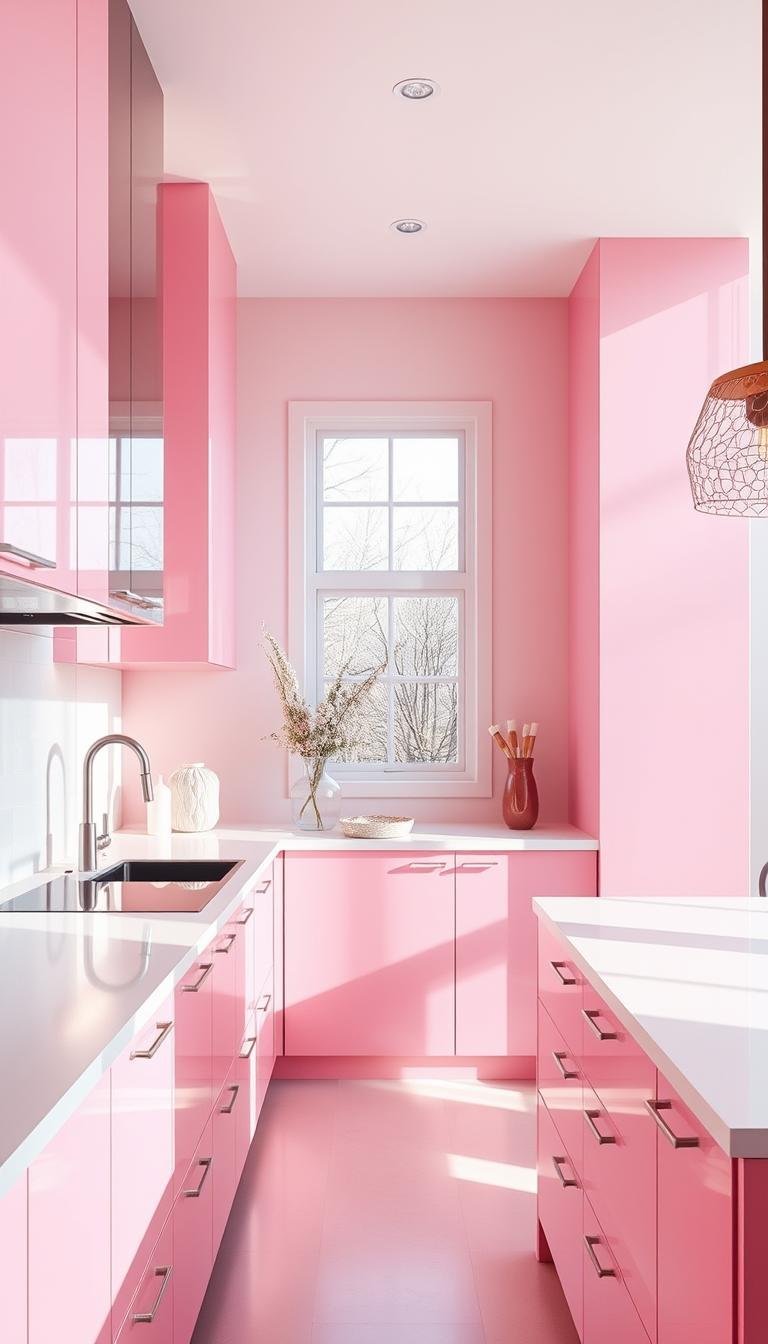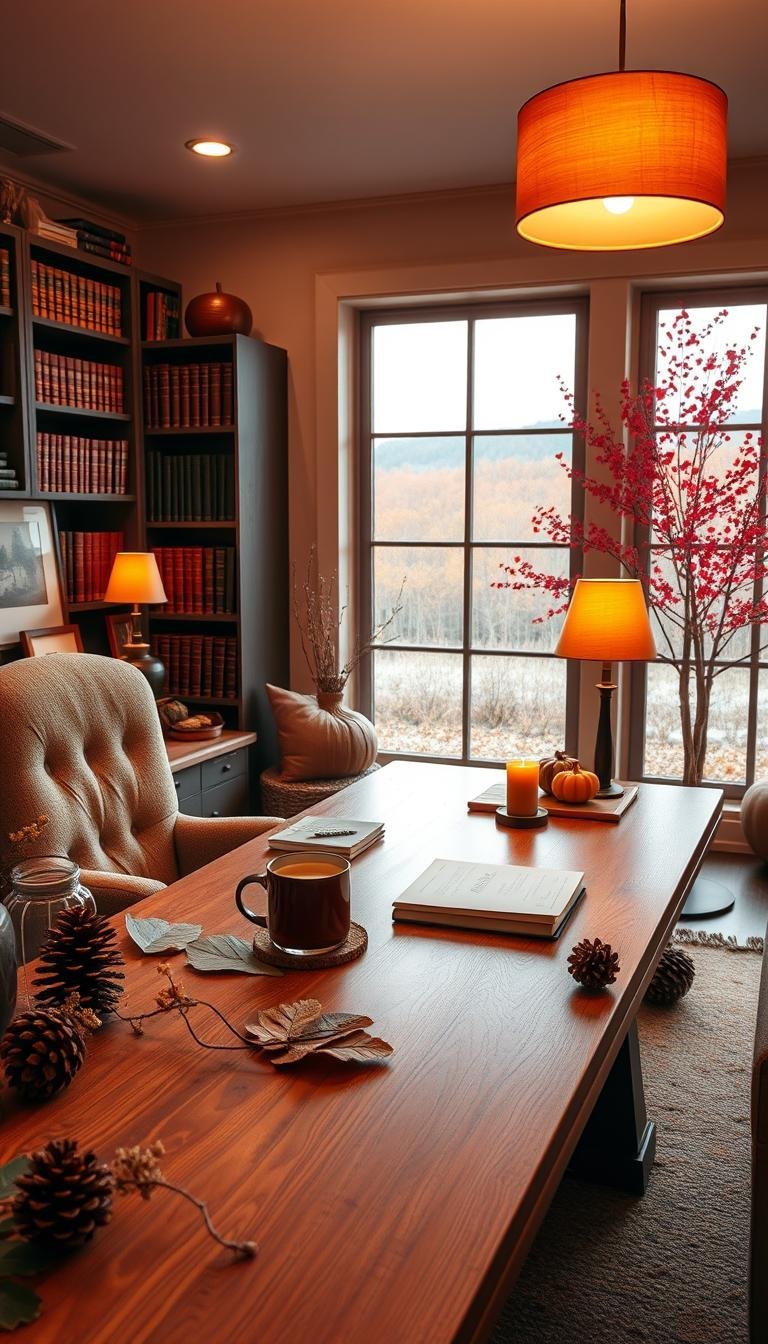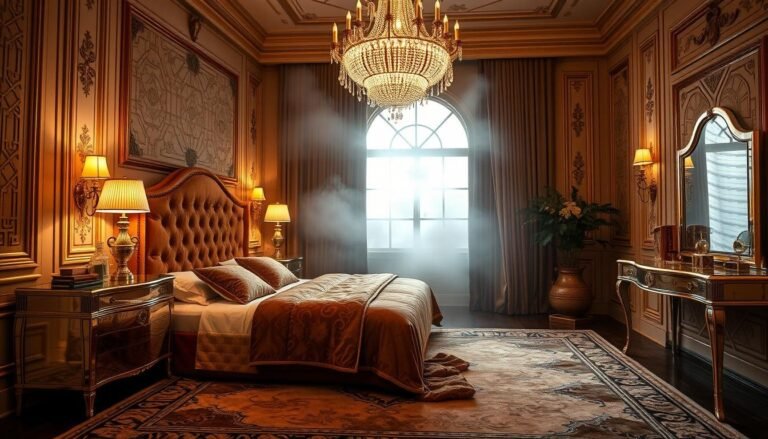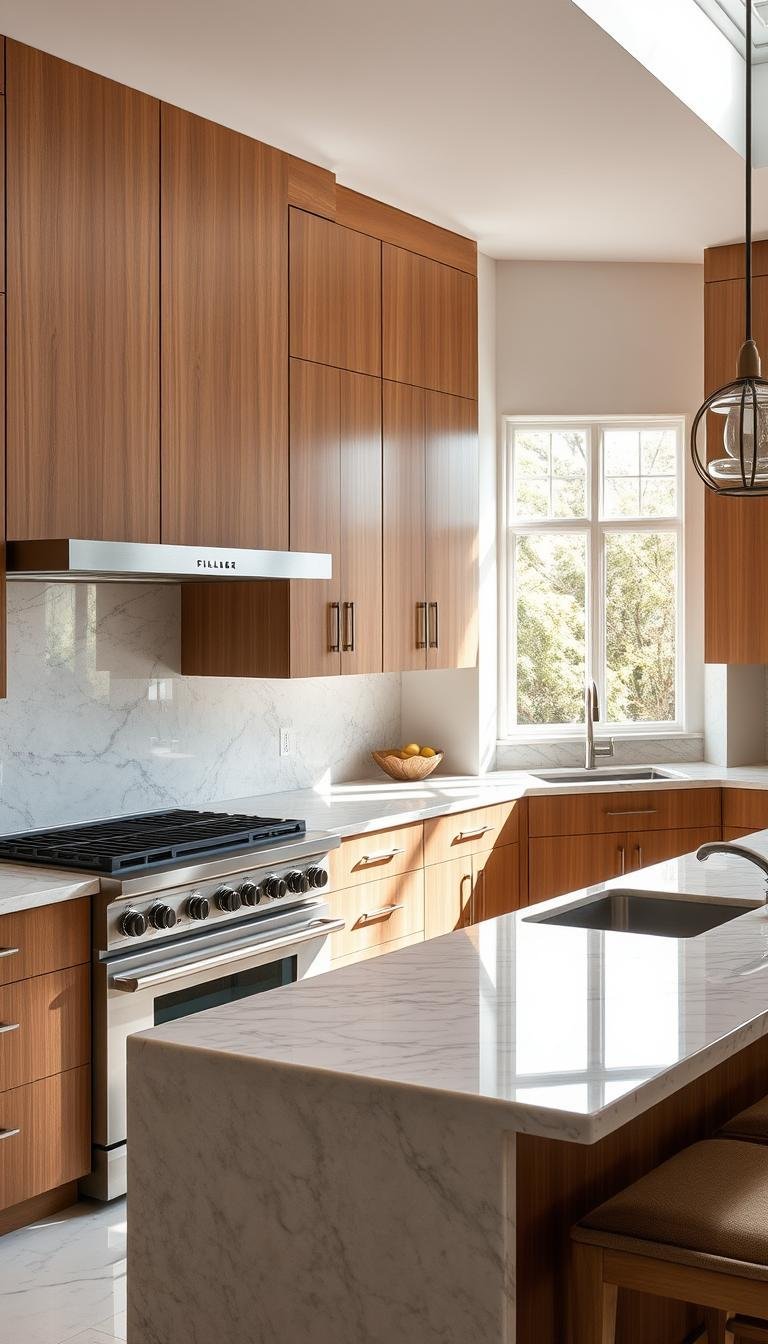This post may contain affiliate links. If you click and buy, we may earn a small commission at no extra cost to you. Learn more.
Imagine stepping into a room where every detail has a story. A vintage kitchen combines old charm with today’s needs, making it both historic and welcoming. Whether you prefer the warmth of a farmhouse kitchen or the rugged look of rustic design, there’s something for everyone.
Homeowners today adore vintage kitchens for their unique charm. These kitchens blend classic touches like wooden beams or antique finishes with modern appliances. This shows that style and function can go hand in hand.
This article will walk you through every step. From finding real vintage features to adding modern touches, we’ll cover it all. You’ll learn how to create a kitchen that’s rich in history yet perfect for daily use. Let’s see how a vintage-inspired kitchen can become your home’s heart.
Contents
- 1 What Defines a Vintage Kitchen?
- 2 Choosing the Right Vintage Appliances
- 3 Furniture Selection for a Vintage Kitchen
- 4 Color Schemes that Enhance Vintage Aesthetics
- 5 Vintage Kitchen Layout Ideas
- 6 Accessorizing Your Vintage Kitchen
- 7 Lighting Features that Complement Vintage Design
- 8 Maintenance Tips for Vintage Kitchens
- 9 Conclusion: Embracing Vintage Style in Your Kitchen
What Defines a Vintage Kitchen?
To create a true vintage kitchen, it’s not just about old appliances. It’s about mixing classic elements to bring back the charm of a bygone era. Let’s explore what makes a vintage kitchen stand out from a generic retro space.
Key Characteristics of Vintage Style
- Apron-front sinks (like those from Kohler)
- Beadboard paneling on walls or ceilings
- Wooden cabinetry with carved details
- Exposed brick or reclaimed wood accents
“Vintage design isn’t about age—it’s about intention. Every element should tell a story.” — Interior Design Magazine
Popular Color Palettes
Move away from modern whites and grays. A true shabby chic kitchen uses soft pastels like mint green or blush pink. For a farmhouse kitchen, warm neutrals like cream, terracotta, and honey oak are key. Stay away from bold contrasts and instead, layer muted tones for depth.
Essential Materials for Authenticity
Real materials are key. Choose:
- Solid hardwood countertops or butcher block
- Porcelain tiles in floral or geometric patterns
- Enamel-coated appliances (like restored 1950s Frigidaire ranges)
Avoid plastic laminates or synthetic finishes. They instantly ruin the vintage look.
Choosing the Right Vintage Appliances
Starting a vintage kitchen involves picking appliances that look good and last long. You’ll find refrigerators, stoves, and mixers that add charm. But, it’s key to find a balance between looks and function.
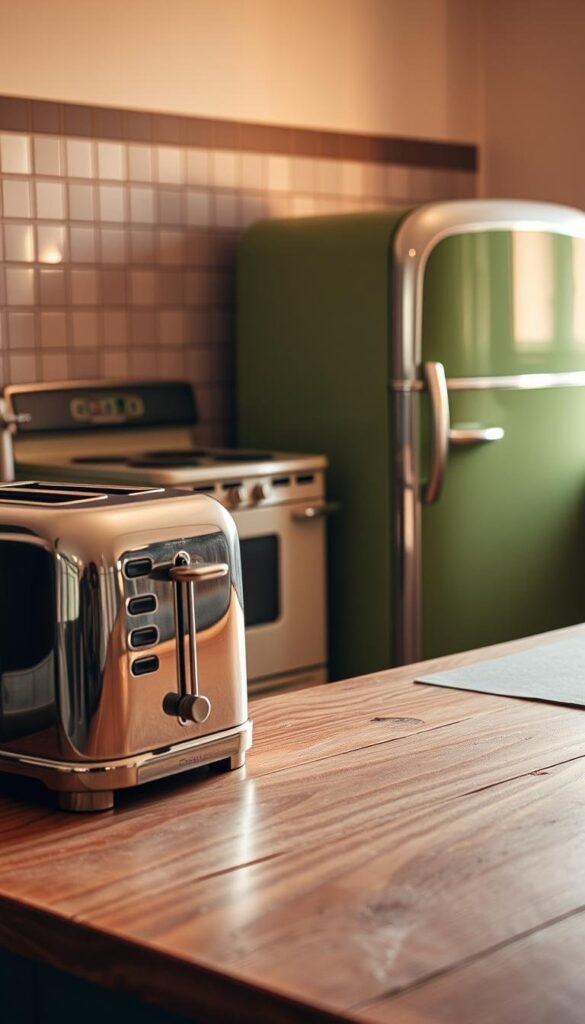
Iconic Brands to Consider
Look for brands like Chambers, Wedgwood, and GE. They’re known for designs that never go out of style. These brands mix old-school charm with solid engineering, making them perfect for any vintage kitchen.
Benefits of Vintage vs. Modern Appliances
- Design: Vintage appliances have a unique look that modern ones can’t match.
- Craftsmanship: Older models often last longer because of their thick, durable materials.
- Functionality trade-offs: Modern appliances might be better at saving energy and tech, but vintage ones focus on their classic appeal.
“A well-maintained vintage fridge isn’t just an appliance—it’s a conversation starter.” – Kitchen restoration expert
Tips for Sourcing Vintage Appliances
Looking for antique kitchenware? Try estate sales or auctions for hidden treasures. Online sites like 1stdibs or Reverb help find certified vintage items. Always check the seals, wiring, and parts before buying. For rare finds, getting them restored by a pro can ensure they last and are safe.
It’s smart to mix vintage and modern appliances. Choose iconic pieces like a retro fridge but use newer dishwashers or ovens for everyday use. This way, you keep the vintage charm while staying practical.
Furniture Selection for a Vintage Kitchen
Choosing the right furniture makes a space feel both functional and authentic. Look for pieces that show timeless craftsmanship. This includes rustic kitchen design staples and mid-century modern accents. Each item should tell a story and fit well into daily life.
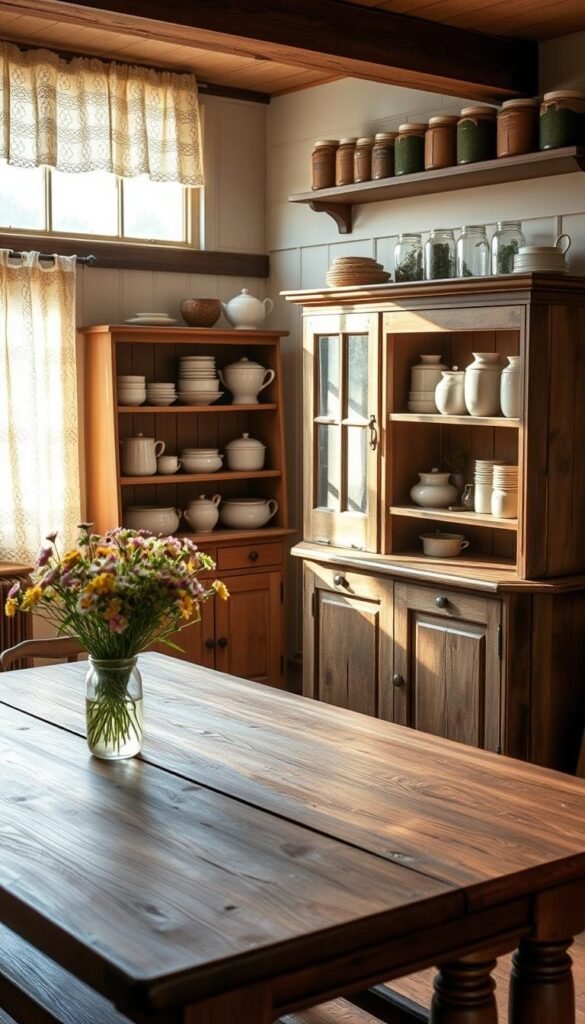
Styles of Vintage Furniture to Explore
Find farmhouse kitchen cabinets with distressed paint or ornate pulls. Hoosier cabinets, popular in early 20th-century kitchens, offer storage and a historic touch. Mid-century pieces like tapered-leg tables add sleek contrast. Look for brands like Restoration Hardware and vintage finds at flea markets for authenticity.
Mixing Vintage with Modern Pieces
- Pair a retro-style hutch with sleek stainless steel appliances.
- Use weathered wood chairs with a modern marble countertop.
- Balance scale: a bulky antique armoire with streamlined stools.
Essential Furniture for Functionality
Choose farmhouse kitchen tables for gatherings. Open shelving units from brands like IKEA blend rustic design with practicality. Repurposed items like repainted dressers as sideboards save space without losing charm.
Color Schemes that Enhance Vintage Aesthetics
Color choices are key in a vintage kitchen. They can bring mid-century charm or a cozy farmhouse feel. The right colors blend history with your personal style.
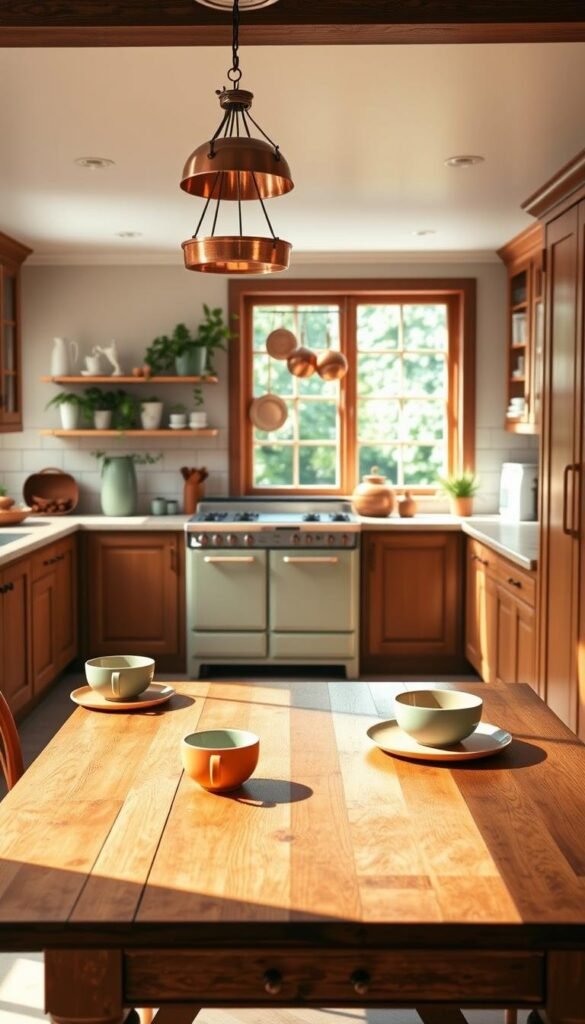
Classic Color Combinations
Time periods inspire timeless palettes:
- 1950s: Mint green cabinets with cherry-red backsplashes are bold. Add mid-century flair with Formica countertops.
- 1970s: Harvest gold appliances with avocado green tiles bring back the past.
- Shabby Chic Kitchen: Soft sky blues and creamy whites give a light, cozy feel.
Adding Retro Accents with Accessories
Small touches make a big impact. Try:
- Vintage-inspired canisters in cobalt blue from Le Creuset.
- Patterned textiles like floral curtains or checkered table runners.
- Colorful appliances like a chrome toaster or pastel blender to anchor the vintage kitchen’s theme.
Paint Techniques for a Vintage Look
Transform surfaces with these methods:
- Milk paint: Creates a weathered, textured finish on cabinets.
- Distressing: Sand edges of shabby chic kitchen cabinets to reveal layers.
- Glazing: Apply translucent washes over white to deepen tones subtly.
Mixing these elements lets you balance historical accuracy with your taste. Every shade and accent tells a story—making your space both nostalgic and uniquely yours.
Vintage Kitchen Layout Ideas
Creating a vintage kitchen layout is about mixing old charm with new function. It combines rustic designs with today’s open spaces. This makes the kitchen welcoming yet useful. Focus on easy flow while keeping the old charm.
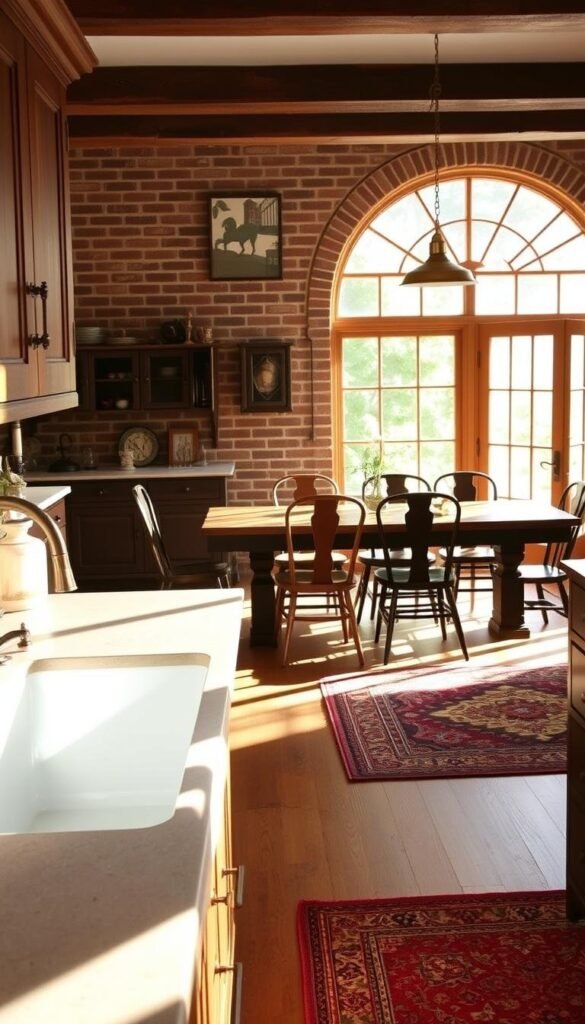
Open Concept Vintage Kitchens
- Use open shelving to display vintage dishes and canisters for a farmhouse kitchen feel.
- Pair reclaimed wood countertops with subway tile backsplashes to anchor the design.
- Hang pendant lights over eating areas to mimic classic dining nooks.
Galley Layouts with Vintage Flair
Narrow galley kitchens become charming with the right touches:
- Copper sink fixtures from brands like Kohler.
- Dark wood cabinetry with glass front doors.
- Striped curtains or chalkboard walls for a retro touch.
Incorporating Islands in Vintage Kitchens
Old worktables can become kitchen islands or modern pieces with turned legs. Add:
- Butcher block surfaces for farmhouse kitchen warmth.
- Reclaimed barn wood for rustic kitchen design accents.
- Pendant lighting clusters above to highlight the space.
By mixing these elements, any kitchen can become a space that honors the past. Use materials like distressed metals and earthy tones to keep it real.
Accessorizing Your Vintage Kitchen
Old-fashioned kitchen accessories and vintage collectibles turn ordinary spaces into stories. They bring life to surfaces, shelves, and corners. But, picking the right items is key to avoid clutter.

Must-Have Vintage Decor Items
- Retro enamel signs advertising brands like Coca-Cola or Betty Crocker
- Depression-era glassware in cobalt blue or green hues
- Cast iron pie servers or copper can openers displayed on open shelving
- Wooden rolling pins or retro Pyrex measuring cups
How to Use Antiques Wisely
Antique kitchenware needs careful thought. Use sturdy items like Pyrex for everyday tasks. But, keep fragile Depression glass safe in cabinets. Pair a 1950s chrome toaster with modern appliances for a balanced look. Tip: Store heirloom butter churns as decor, not for active use.
Creating a Cohesive Look with Accessories
“The best vintage kitchens feel like they’ve been evolving over decades, not assembled overnight.”
Start with 1-2 standout pieces, like a 1940s stainless-steel mixer or a set of Fiesta Ware plates. Add one new item each season to keep it tidy. Mix mid-century designs with Arts & Crafts-era pieces for a rich look. Let each accessory share its story without fighting for attention.
Lighting Features that Complement Vintage Design
Lighting is key to making a kitchen feel vintage. The right lights bring out the beauty of a vintage kitchen or shabby chic kitchen. We’ll look at how to choose lights that are both stylish and useful.
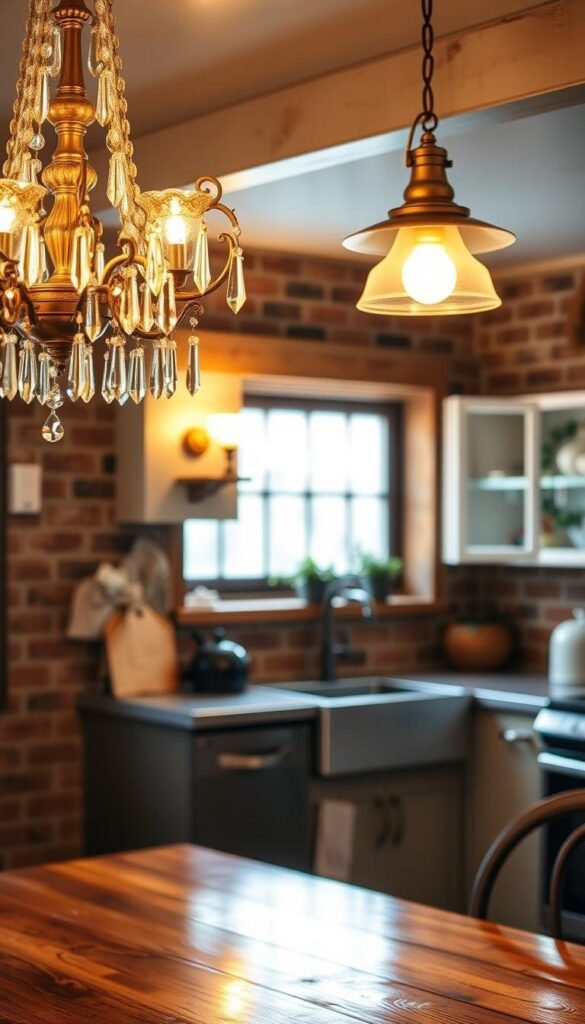
Types of Light Fixtures for Vintage Style
- Victorian elegance: Crystal pendants or wrought-iron chandeliers add drama over islands.
- Mid-Century flair: Brass sconces or streamlined wall lights suit retro kitchen decor.
- Industrial charm: Exposed Edison-bulb fixtures or reclaimed-metal sconces work in farmhouse settings.
Importance of Layered Lighting
Use different light sources to avoid dark kitchens. Mix:
- Task lighting: Under-cabinet LEDs for countertops.
- Accent fixtures: Wall-mounted sconces to highlight artwork or shelves.
- Warm overhead lights: A chandelier or pendant creates ambiance without sacrificing practicality.
Vintage-Inspired Bulbs and Fixtures
Edison-style bulbs have a warm glow, while milk-glass shades soften light. Porcelain fixtures with hand-painted details add a shabby chic kitchen touch. As one designer noted,
“A single porcelain sconce can anchor the whole room’s aesthetic.”
Choose different styles but keep finishes the same—brass for retro, white porcelain for shabby chic. The right bulbs and fixtures make every corner of your kitchen feel special.
Maintenance Tips for Vintage Kitchens
Caring for a vintage kitchen is a mix of love and practical steps. Regular care keeps your vintage appliances and antique kitchenware working well. It also keeps their classic look alive. Here’s how to keep your kitchen looking great without losing its charm.

Caring for Vintage Appliances and Furniture
- Wipe vintage appliances with soft cloths to avoid scratches.
- Season cast-iron cookware monthly to prevent rust.
- Consult professionals for annual service checks on older refrigerators or stoves.
Cleaning Tips for Longevity
For porcelain sinks and linoleum floors, use mild soap and water. Wooden cabinets need beeswax polish every six months. Stay away from harsh cleaners near antique kitchenware to avoid damage.
Ensuring Safety in Vintage Settings
“Outdated wiring is a common concern in older kitchens,” says the National Electrical Safety Foundation. “Upgrade circuits and outlets to modern standards.”
Look for lead paint on surfaces before 1978. Install child safety locks on cabinets with vintage kitchen collectibles. Make sure countertop heights are ergonomic.
With a bit of effort, your vintage kitchen will stay beautiful and safe. It will be a treasure for generations to come.
Conclusion: Embracing Vintage Style in Your Kitchen
Creating a vintage kitchen is more than following trends. It’s about mixing history with your own style. By adding rustic cabinets or retro decor, you make a space that’s both nostalgic and unique. Let’s look at why this style is special and how to make it yours.
Why Vintage Kitchen Design Shines
Vintage kitchens value durability and art. They use reclaimed wood or secondhand appliances, which are both eco-friendly and show off old-world craftsmanship. Brands like KitchenAid and Le Creuset offer timeless pieces that are both functional and charming. This way, your kitchen stays stylish without being disposable.
Design Ideas to Inspire
Picture a rustic kitchen with beadboard walls and copper accents, or a retro one with Formica countertops and soft colors. You can even mix old and new, like a farmhouse sink with modern stainless steel. Magazines like Country Living and Architectural Digest show how to do this without overdoing it.
Start Your Journey Today
You don’t have to change everything at once. Start with a vintage pendant light or a salvaged hutch. Look for deals at flea markets or online at Chairish. Choose items that tell your story, whether it’s mid-century modern or cozy cabin style. The goal is a kitchen that feels like home, not a museum.
To bring you cozy inspiration more efficiently, we sometimes use AI to assist in content creation — but every word and idea is carefully shaped by our team. See our AI Disclosure for more info.

